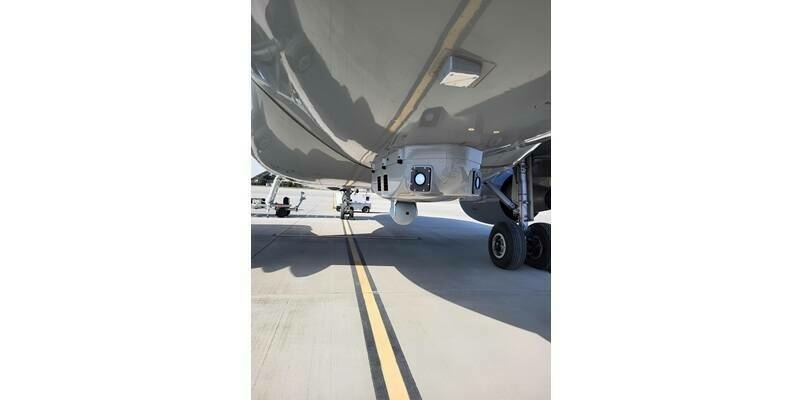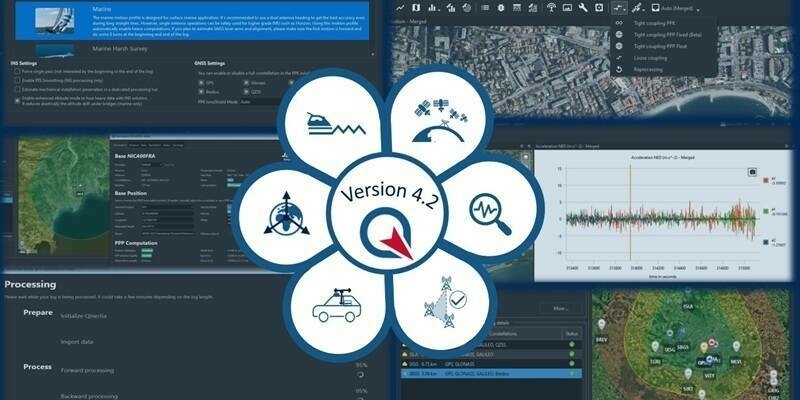3G vehicle cameras are playing a crucial role in minimising insurance claims, with some fleet operators already achieving claim cost savings of up to 50 per cent. This was the view of speakers at the Claims Technology Seminar, a joint event held by Intelligent Telematics, Sopp+Sopp and Collision Management Systems for over 45 professionals from the fleet and insurance sectors. However, the presenters also highlighted the importance of having the right processes in place to make best use of the technology and take advantage of first notification of loss (FNOL).
“Rapid liability assessment and third-party intervention are essential when reducing claims costs, so being alerted and having access to immediate video footage of an incident along with supporting telematics data is essential,” said Aron Sopp, Head of Call Centre Operations Controller at Sopp+Sopp. “Nevertheless, automated crash notification is only truly effective if an organisation can quickly respond to the situation, speaking directly with the driver and then anyone else involved.”
In fact, Sopp went onto outline multiple benefit as a result of faster claims handling and quickly proving exactly who is at fault. This includes increasing brand protection, helping avoid unnecessary costs, and making it easier to detect and manage opportunistic and organised fraud. In addition, a driver or other road users can be more effectively supported following a collision and the emergency services contacted faster should it be a serious incident.
Sam Footer, Head of International Business and Strategic Development at Intelligent Telematics, highlighted the pitfalls of using SD card cameras. “In our opinion SD card devices are now redundant technology as there is no live connectivity to provide immediate access to footage or enable the cameras to be maintained remotely. This means fleet operators are reliant on drivers proactively reporting a collision straight away and not tampering with the data. In addition, there is a significant risk of lost or corrupted data from SD card failures, which can be as high as 30 per cent.”
In contrast, a 3G vehicle camera transmits footage of accidents, near misses and harsh driving events via a secure private network. As a result, high definition video can be viewed remotely through a web-based portal within a matter of minutes, with live email and SMS alerts being generated within a second of an incident occurring. It is this real-time information that is contributing to reduced insurance costs, while providing fleet operators with insight into driver behaviour to support risk management and road safety strategies.
The seminar also highlighted the challenge faced by fleet and insurance businesses to effectively monitor and identify crashes pro-actively. “Setting a device to the required sensitivity to effectively detect collisions will result in an average of 0.77 notifications being triggered by each device every day”, explained Charles Smith, CEO of Collision Management Systems. “Our software integrated with the 3G vehicle camera filters out over 98 per cent of these events which are caused by every day driving or poor road conditions such as potholes ensuring critical crash alerts can be identified and acted upon in near real time”
Subscribe to our newsletter
Stay updated on the latest technology, innovation product arrivals and exciting offers to your inbox.
Newsletter

